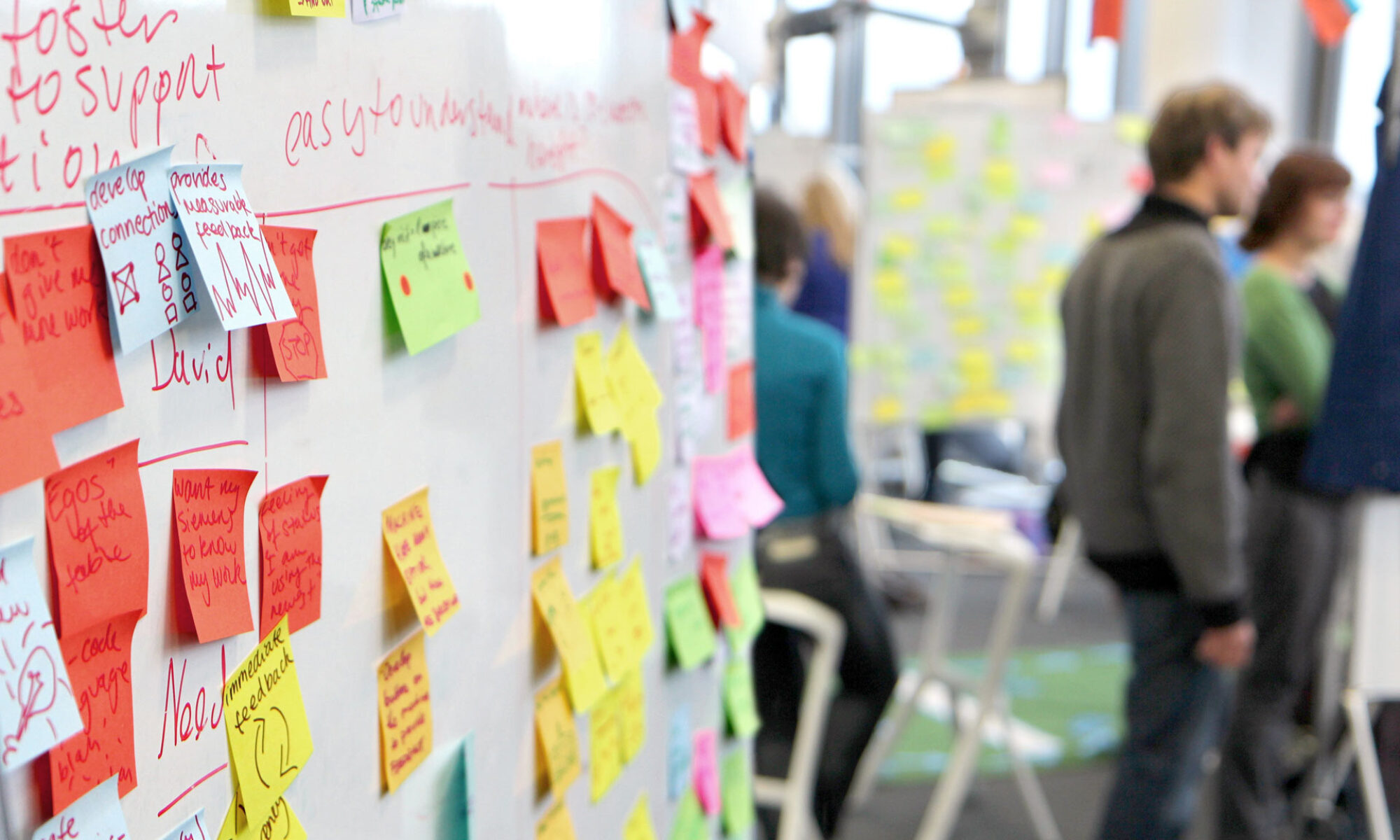Yes, UX stands for User Experience, but what is it? In another post on communicating hard truths, I said that the user experience is the culmination of every interaction a user has with a product or interface. Ok, so what makes an experience good or bad? I would posit that the difference between a good and bad UX is how obvious the interface is to the user.
A good user experience supports Flow.
The concept of flow was introduced by psychologist Mihaly Csikszentmihalyi (sick-cent-ma-hall-ee). Essentially, it is the state in which you are able to find happiness. Csikszentmihalyi gives several examples of people like this in his book: Serafina Vinon (a farmer in the Alps), Joe Kramer (a welder in Chicago), and others. These people have found ways to induce a state of flow in their surroundings, causing them to be happier and more content with life.
Whether or not a user is proficient at creating flow in their own lives is irrelevant. The best user experiences are still those that support a state of flow being achieved. They guide the user through the experience, the interface isn’t obnoxious or an impediment to the process, they add value to the user without requiring effort to create that value.
In his Ted Talk, Csikszentmihalyi talks about a composer who enters a state of ecstasy (or flow) when he puts his pen to paper and begins writing music. The interface here is the pend and paper. The interface is simple, easily understood, and unobtrusive. Now, imagine that you wanted to create music composition software. Everything about that software will need to improve on the experience of the existing experience. Anything else, even a single interaction, that adds to the user’s cognitive load is going to interrupt their flow. This interruption will be viewed very harshly by the user and will create a desire to seek out a more porous experience, like they had with pen and paper.
A state of flow typically absorbs all of your concentration and energy; you don’t feel tired or hungry or anything outside of your focused activity. This is, as Csikszentmihalyi explains, because flow occurs when both the skill required and challenges faced are very high. Flow becomes all consuming and there is no additional cognitive load to spare on a clunky product interface.
As UX Designers, we love the product and we love our super cool interfaces and our new interaction paradigms. We get excited about everything that goes into the product. The users… don’t. They only care about the solution that the product is meant to provide. Therefore, the best user experiences will be those that support the effortless and spontaneous state of flow for our users in whatever activity is happening outside of the product.
